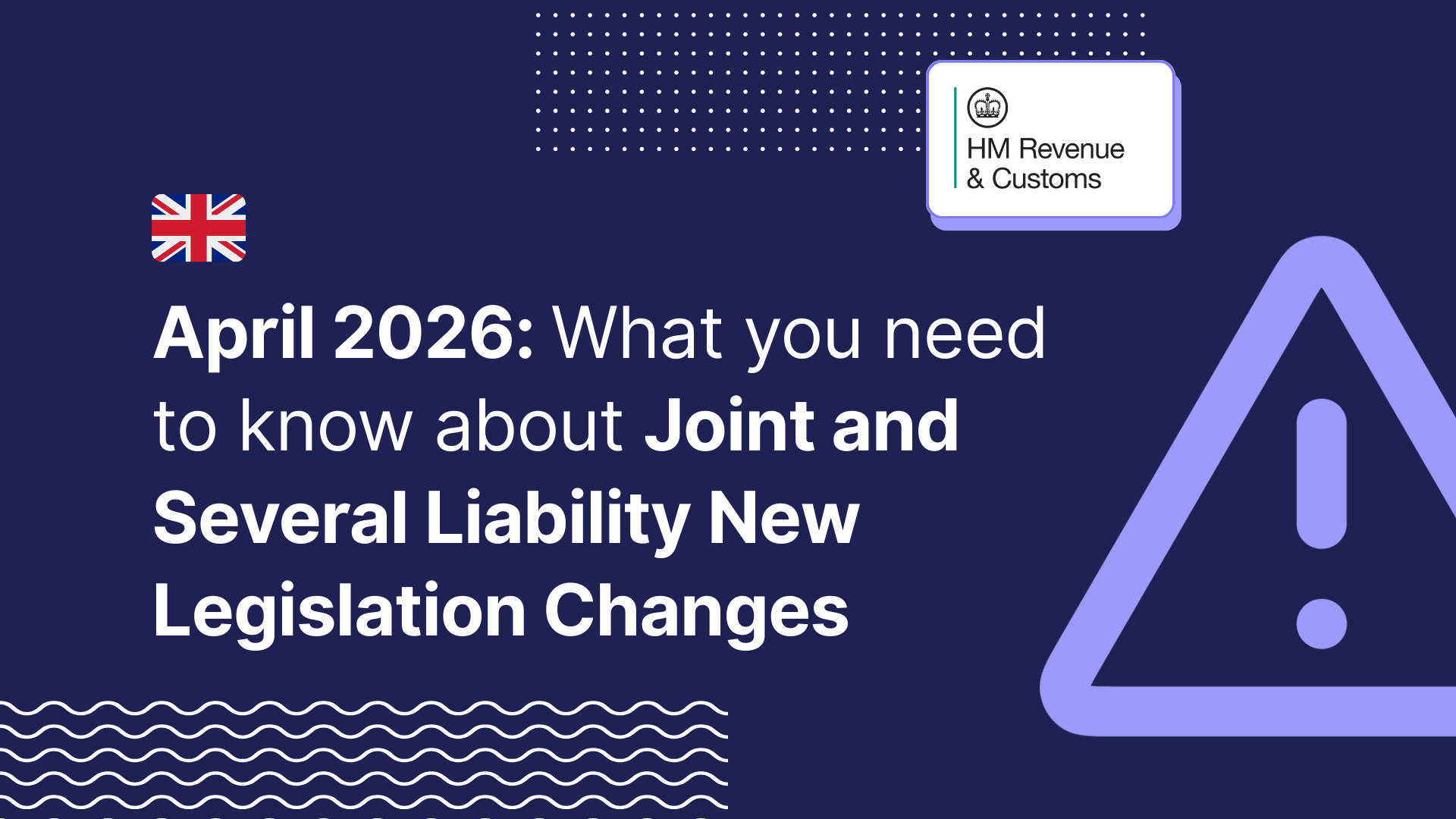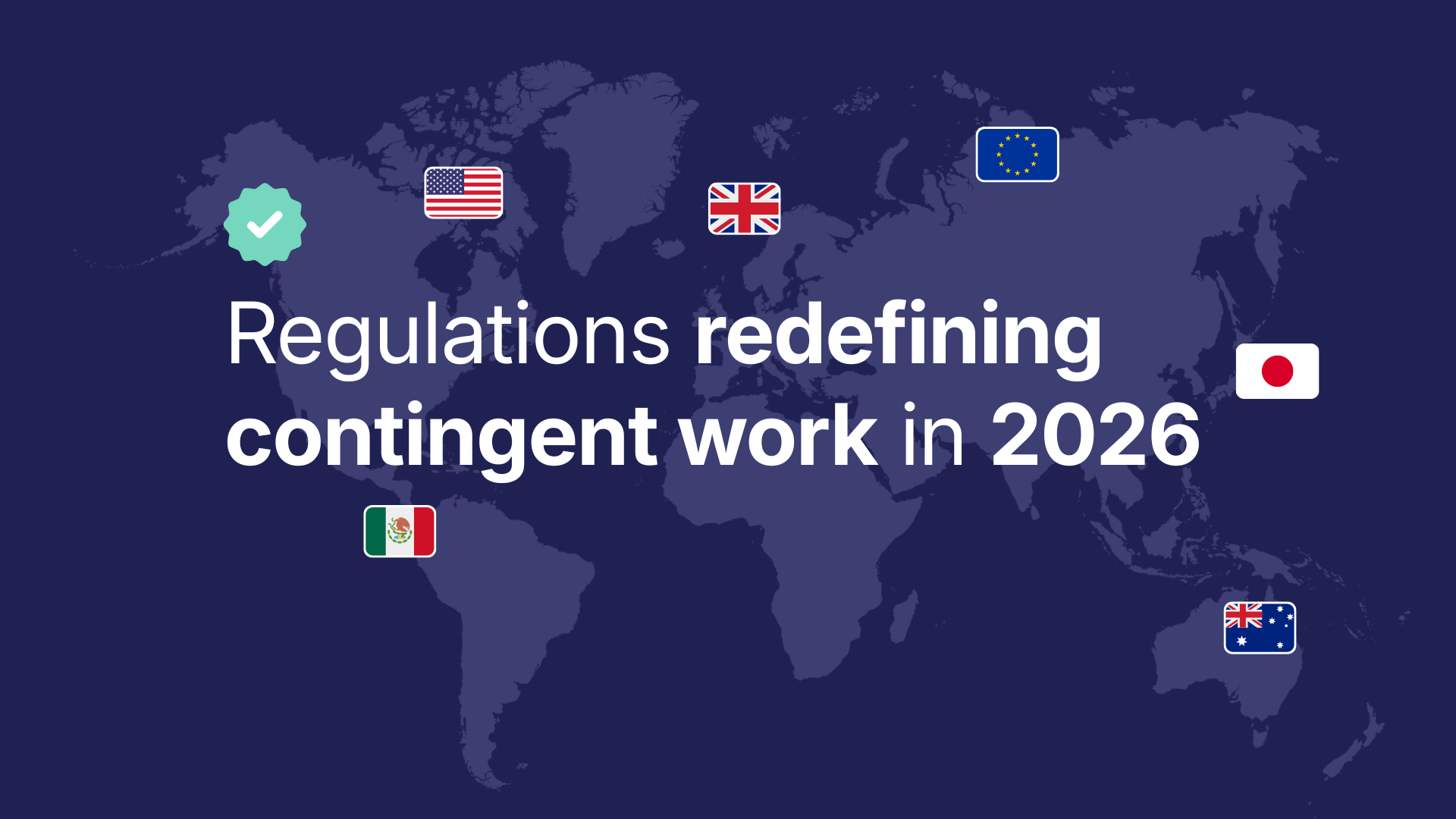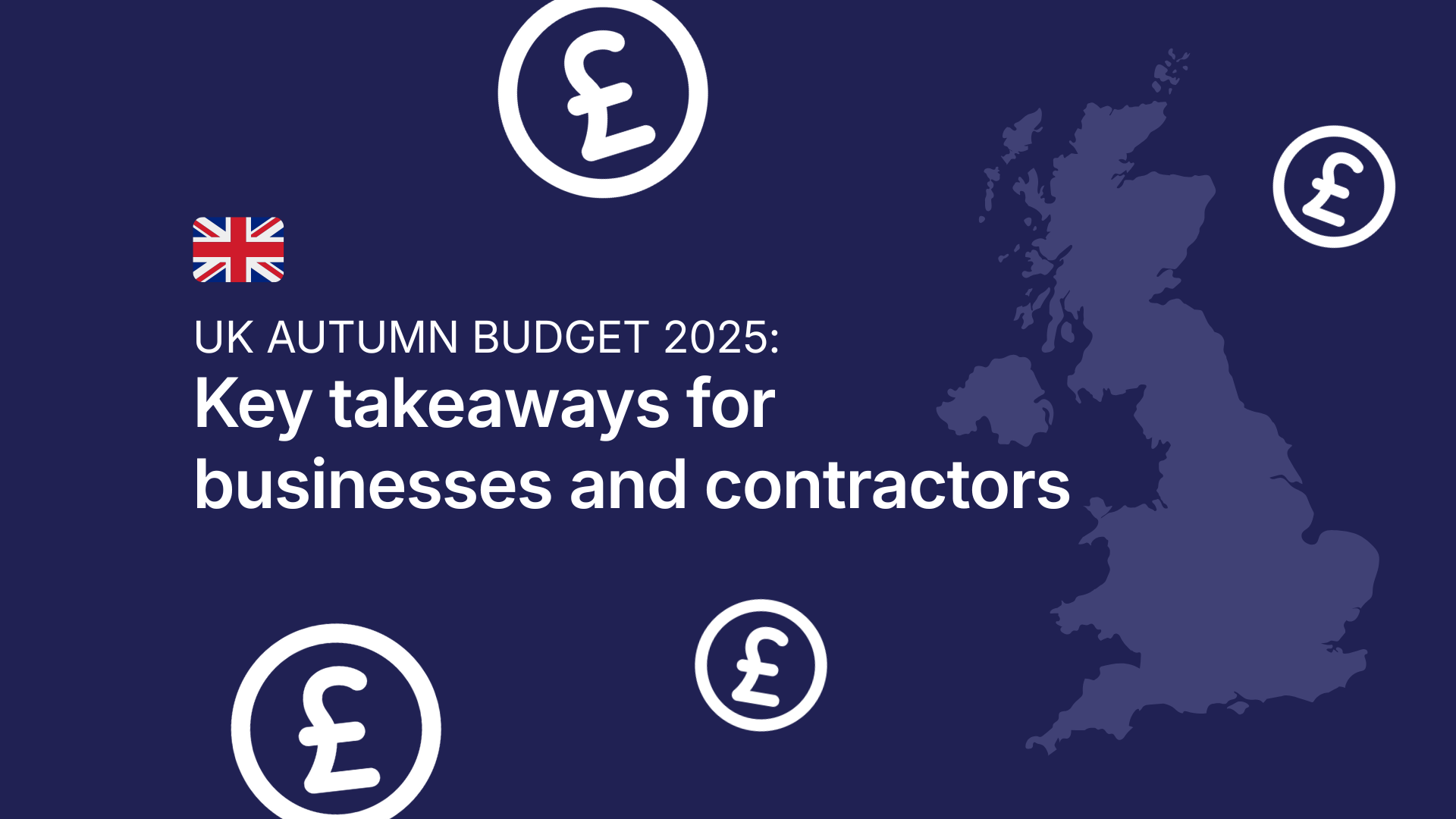Having started his career in UX in 2013, when it was fondly referred to as ‘user-centred design’, Andy Larkin went into his first advertising role expecting to share meetings with a few Donald Draper types. Fortunately, he found it to be the total opposite and has since moved into the freelance realm to expand his design experiences. We spoke to Andy about upskilling as a designer, what advice he has for other creatives considering design careers and how he personally handles constructive criticism when it comes to reviewing his own design work.
Starting a career before UX was established, Andy shares how he was first introduced to the concept of user-centred design and how his first role helped prepare him for a future career as a UX designer;
It was called UCD, 'user-centred design' back then and I worked in Axure which I've always found fiddly but some UXers still love today. My lucky break was being hired as a Flash designer in the noughties, I loved that programme and it really clicked with me, that was when the UI work began. Part of that role allowed me to visit schools, showing teachers and students my work - which set me up nicely for the research aspect when it became a formal part of the UX process.
Having gained some solid exposure across various projects and roles in design since his first agency job, we then asked Andy about any key features that stood out for him on projects;
Something I read a while back that stayed with me is that it's better to have healthy conflict than unhealthy peace. Basically, if you see or hear something that doesn't seem in the best interest of the product or user, challenge it, speak out, but with respect.
Working as part of a collaborative team as Andy does, we then asked how he delivers feedback;
A good designer appreciates that feedback is in the best interests of sharpening the product. This approach also allows you to comment on dev work, a pm's timelines and the marketing without feeling like you are stepping on toes.

We then asked Andy how he balances his own personal taste and what clients expect when it comes to design work;
Being pragmatic, open and reasonable. That's not to say you shouldn't be forthright and strongly opinionated - that's what you're paid for. If there's evidence and weight behind your choice then share it, have it ready to go. Ideally, stand-offs with clients shouldn't happen often. It's the role of a UX/UI to understand and balance the client/business need with the user requirements, and to have discussed or raised these ahead of the design choice. So when it comes to the presentation the client expectations aren't a surprise or too high, compared to what you are showing.
When it comes to upskilling and exercising your own creativity as a designer, it can be tricky to know where to spend your time or focus. Learning new skills that will enhance your career can be confusing and as designers, it can feel like the only option is to go into coding. Andy shares his own views on learning to code;
Coding, in my opinion, and this might be contentious, no. Prototyping tools such as Figma and Xd replicate the browser/app experience so a UX or UI doesn't necessarily need to code. I believe it's better a pro, a developer takes that on. However, I think design classes teach the coding side more and more, which may change my profession as things progress.
Instead, Andy feels designers looking to upskill should consider exploring software such as;
Flinto has great transitions that can really lift a prototype. After Effects is another tool which can be used for video content and prototype transitions.

Andy’s own tips for anyone considering a change in career to design is to start with asking your peers;
The best way to learn is from colleagues or friends; a chat, a look over their shoulder or a skill swap. The tools I've learnt the quickest are with the 'try, fail, ask a quick question' model - which is so much easier with someone you can talk to, ideally sat just across the way. So look around your office, if you're stuck as a PM and want to do more UX or UI, then focus on roles that allow you to witness, learn and collaborate with those team members. And however senior you are, offer to make a tea or coffee for the team. That wasn't a piece of advice but managers I love who lead by example have done this!
We asked Andy how he flexes his own creativity outside of work and keeps up his own love of design;
I have a close bunch of uni pals who I still see regularly so that's handy. I post collage and animation on my insta @paperlarks where I set my own briefs. I'm also an occasional signwriter, mainly 'trophy blades' for rowing clubs, when a crew win I paint an oar with their names to commemorate the event, I have done a few for weddings too. I'm close to signing up an after school Design Club on Meetup as would love to get into the teaching side of things. So all those keep things bubbling outside of the pure UX and UI.
With so many projects under his design belt, we then asked Andy what he felt clients could do or work on to improve their working relationships with UX designers in particular, to which he simply said;
Appreciate UX expertise. I think there's a common belief that UX is common sense and in that respect, anybody can do it. But that's like saying anyone can act or play football, the rudiments are accessible and easy to understand, but there's so much more than that.
Example work: Part of the team that helped produce the video.
And finally, having been declared the winner within the design category in the Freelancer Awards for 2021, we asked Andy what it meant to him personally and professionally to have won;
Fantastic! To make the shortlist felt great but the zoom call when the announcement was made by Shib and Kat was something else. I was at home, alone, and found myself grabbing my fave picture of my grandad, holding it just out of shot. It was a significant, joyful moment in a dodgy couple of years.
If you’d like to work with Andy on your next design project, why not book him today here.







